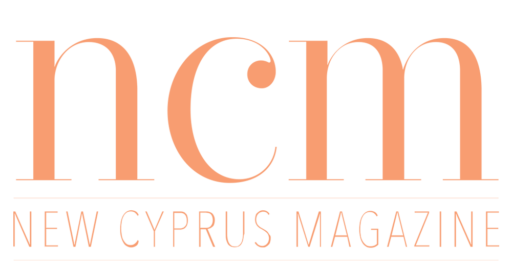Researchers have developed a clever way to turn everyday surfaces into solar panels: Just cover them in a flexible film treated with spray-on solar cells.
“My dream is that one day you’ll have two technicians with Ghostbusters backpacks come to your house and spray your roof,” University of Toronto’s Illan Kramer says in a news release. And it’s not just for the roof of your house. Spray-on solar works for surfaces ranging from patio furniture to car tops and airplane wings. You might even be able to use it to power your tablet.
Kramer and colleagues developed the “sprayLD” system using tiny light-sensitive materials called colloidal quantum dots (CQDs). Once they’re printed onto a flexible film or bendy plastic, these miniscule solar-sensitive dots can be used to coat various surfaces. A car roof wrapped with CQD-coated film can convert enough energy to power three 100-watt light bulbs or 24 compact fluorescents.
The name sprayLD is a play on ALD, or atomic layer deposition, a manufacturing method where materials are laid down in single one-atom-thick layers at a time. Until now, CQDs were only incorporated into surfaces through a slow, expensive process called batch processing, which works like an assembly-line for chemical coating. Instead, with sprayLD, liquid containing CQDs is blasted onto flexible surfaces directly—like printing the news onto rolls of paper. Compared with the assembly-line approach, the roll-to-roll coating method simplifies the incorporation of solar cells into existing manufacturing processes.
Additionally, sprayLD was built using cheap, readily available parts. The spray nozzle was sourced from steel mills, and Kramer bought some air brushes from an art store. “This is something you can build in a Junkyard Wars fashion, which is basically how we did it,” Kramer says. “We think of this as a no-compromise solution for shifting from batch processing to roll-to-roll.”
The surfaces sprayed with CQDs performed as well as their batch-processed counterparts, with no major loss in solar conversion efficiency. According to Gizmag, the team was able to achieve an efficiency of 7.2 percent.
The work was published in three papers in the journals Advanced Materials, Applied Physical Letters, and ACS Nano.

